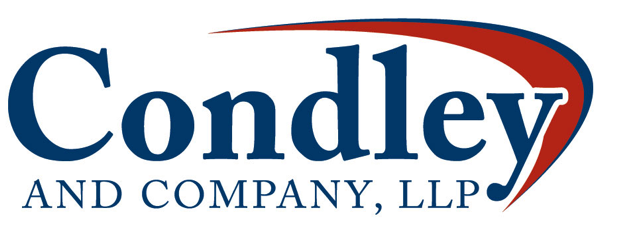
The price tag on a college diploma continues to escalate at a rate higher than the inflation rate. According to the College Board, tuition and fees for in-state students at four-year public colleges for the 2010–2011 academic year increased an average of 7.9% from the prior year. For out-of-state students, tuition and fees rose an average of 6.0%. And the cost at four-year private nonprofit colleges jumped an average of 4.5%. Meanwhile, inflation has remained close to the 3% level.
Despite these grim figures, you can put a sizable dent in the projected cost of a child’s college education, if you are dedicated. Consider these five practical suggestions:
1. Start saving money on a regular basis. Make this a top priority, along with paying the mortgage and meeting other monthly obligations. Review your expenses, and try to determine the amount you can safely set aside each month.
Although your outlays may be relatively small, especially at the outset, the savings can grow substantially over time if you start early enough. Plus, it is a lot less painful than if you wait until the day your child receives his or her college acceptance letter.
2. Investigate Section 529 plans. One of the innovative ways that parents can save for college is a Section 529 plan. If certain requirements are met, the funds contributed to the plan can grow without current tax and may be withdrawn tax-free if they are used for qualified education expenses.
There are two basic types of Section 529 plans: prepaid tuition plans and college savings plans. Generally speaking, prepaid tuition plans enable you to lock in future tuition rates at in-state schools. College savings plans generally provide more flexibility for choosing a school, but without the same guarantees.
3. Be tax smart about other investments. For instance, certain investments may generate income that is either tax-free or tax-deferred. You can also arrange to have the income paid out at regular intervals during the time your child will be attending school. Frequently, it makes sense to make investments in the child’s name.
Caveat: Under the “kiddie tax,” annual unearned income received by a child younger than 19 (or a full-time student younger than 24) is generally taxable at the top tax rate of the child’s parents to the extent it exceeds a specific threshold ($1,900 for 2011). One possible way to avoid or reduce tax complications is to invest in appreciating assets, such as growth stock.
4. Look into financial aid. While financial aid is often limited to the neediest families, your child still may be eligible for some type of state or federal financial assistance. This can come in the form of a grant, work/study program or a low-interest loan. Once your child has been accepted at a particular school, inquire about potential financial aid—it cannot hurt to ask.
5. Put your child on the payroll. If you own your own business, you can have your child work for you. Not only does your child save money for college but the wages you pay your child may be deducted by the business. However, the amount paid to your child must be “reasonable” for the services actually performed.
These are just five ideas to consider. There are other possibilities. Coordinate all college savings aspects into a comprehensive plan of action.
